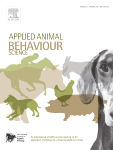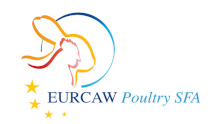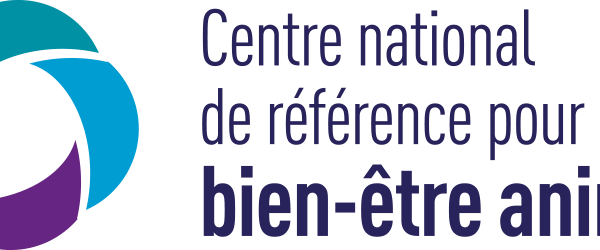Document type : Scientific article available online before publication in Applied Animal Behaviour Science
Authors: Gemma Pearson, Natalie Waran, Richard J.M.Reardon, John Keen, Cathy Dwyer
A Delphi study to determine expert consensus on the behavioural indicators of stress in horses undergoing veterinary care
Preview: Horses undergoing veterinary care may perceive the experience to be stressful and their behavioural responses can result in injuries to people involved in their care. Being able to accurately measure the stress response in horses undergoing veterinary care would have potential benefits. Firstly, it may highlight common behavioural indicators that the horse is stressed, which could be used as warning signs that the risk of an aversive reaction is more likely. Secondly, it would inform the development of low stress handling techniques for veterinary procedures. To determine if there was expert consensus on the most appropriate measures to identify stress in horses undergoing veterinary care a two round Delphi analysis was undertaken; involving experts in the fields of equitation science (n = 16), equine veterinarians (n = 10), and animal and behaviour welfare scientists who do not normally work with horses (n = 7). Each round was completed as an online anonymous survey. In the first round (R1) participants viewed 11 scenarios of horses undergoing veterinary care and were asked to assign the degree of stress they perceived the horses were experiencing on a numerical rating scale (from 1 to 10) and describe any behavioural indicators of stress (BI). In the second round (R2) they were asked to rate the usefulness of a list of BI that had been compiled from results in R1. Analysis of participants' responses and merging of similar terms identified 41 BI in R1. There was poor agreement between participants (kappa = 0.08) on the degree of stress they perceived the horse was experiencing in each scenario (R1), with a wide range of scores used for most scenarios. In R2 participants reached agreement that 34/41 (83 %) BI were useful indicators of stress. BI considered indicative of severe acute stress were most likely to be identified as very useful in assessing horse stress. The results highlighted a variation in the ability of experts to identify when horses were stressed in the veterinary clinic, particularly when horses were not showing very overt behavioural responses. Although a number of BIs were identified as useful, it is likely that development of a structured ethogram and training would be required to allow assessment of BIs to be used successfully in the veterinary clinic to reduce the likelihood of human injuries.




